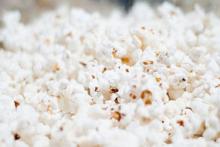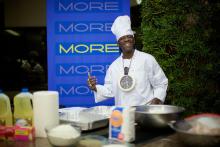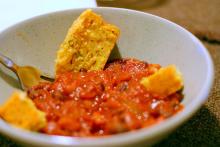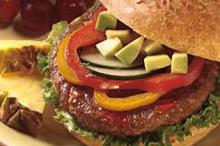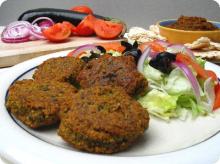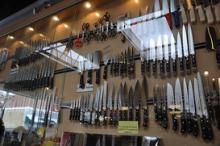Mixed Blessings of the 1980s: Microwave Popcorn
Then Jiffy Pop came along in the 1950s and like magic, families were treated to the delight of freshly-popped corn in an overly expensive single-use container that was nevertheless entertaining for children. But it still took some doing. The Jiffy Pop threshold between "delicious" and "irretrievably scorched" is approximately three seconds.
Along came the 1980s, and the rise of a formidable new arena of snacking: the bag of microwave popcorn.
Now mind you, corn had been popped in a microwave before. In fact, the man who originally discovered the ability of microwaves to heat food in 1945, had experimented with kernels of popcorn. But it wasn't until General Mills patented the "susceptor" (that thin gray metallic bit at the bottom of the bag) in 1981 that microwave popcorn was ready to revolutionize the marketplace.
There were a lot of things not to like about microwave popcorn when it first hit the market. The distinctive smell, for one thing. It filled your house and seemed to get stuck in your hair and clothes. The incredibly high fat and salt content compared to "real" popcorn. And the texture took some getting used to, as well. Compared to real popcorn, the microwave stuff is spongy and sometimes has an even squeaky texture.
Of course, these days most people consider microwave popcorn to be the default state. If you want to buy plain popcorn kernels, you have to look on the very bottom shelf at the grocery store. Grubbing around on the floor like some kind of animal. Such is the power of microwave popcorn's meteoric rise to fame.
The susceptor is what made it possible to cook popcorn in the microwave without stirring, shaking, or (alternatively) scorching the heck out of the kernels at the bottom of the bag. The susceptor is why microwaving regular corn inside a brown paper sack - although Alton Brown advocates it - never works very well.
Of course, it took a while for them to work out all the kinks in this new technology. You actually had to adjust cooking time for your oven's wattage, which was much more varied in the 1980s. If you had one of the gigantic, turkey-roasting microwaves, you had to watch your corn pretty closely.
We had a regular-sized microwave, but I remember having to set my popcorn atop an overturned plate, which for some reason magically prevented the popcorn from being burnt. And of course you had to keep an ear cocked for the magical "1 to 2 seconds between pops," then leap for the microwave's Stop button before your popcorn burned.
(These days microwaves all have a "Popcorn" button, and it always works perfectly. I have no idea how it knows, but it does.)
For a while, in concert with stores that sold flavored popcorn, there was a fad for microwave popcorn flavorings. Some of these came in the same package, often as a little foil pack that you sprinkled on your popcorn. Others were sold as stand-alone sprinkle flavorings. I remember liking the ranch dressing flavor pretty well - although in hindsight I have a feeling it was actual ranch dressing powder packaged in a little packet with a 5,000% mark-up.
Photo credit: Flickr/miskan
